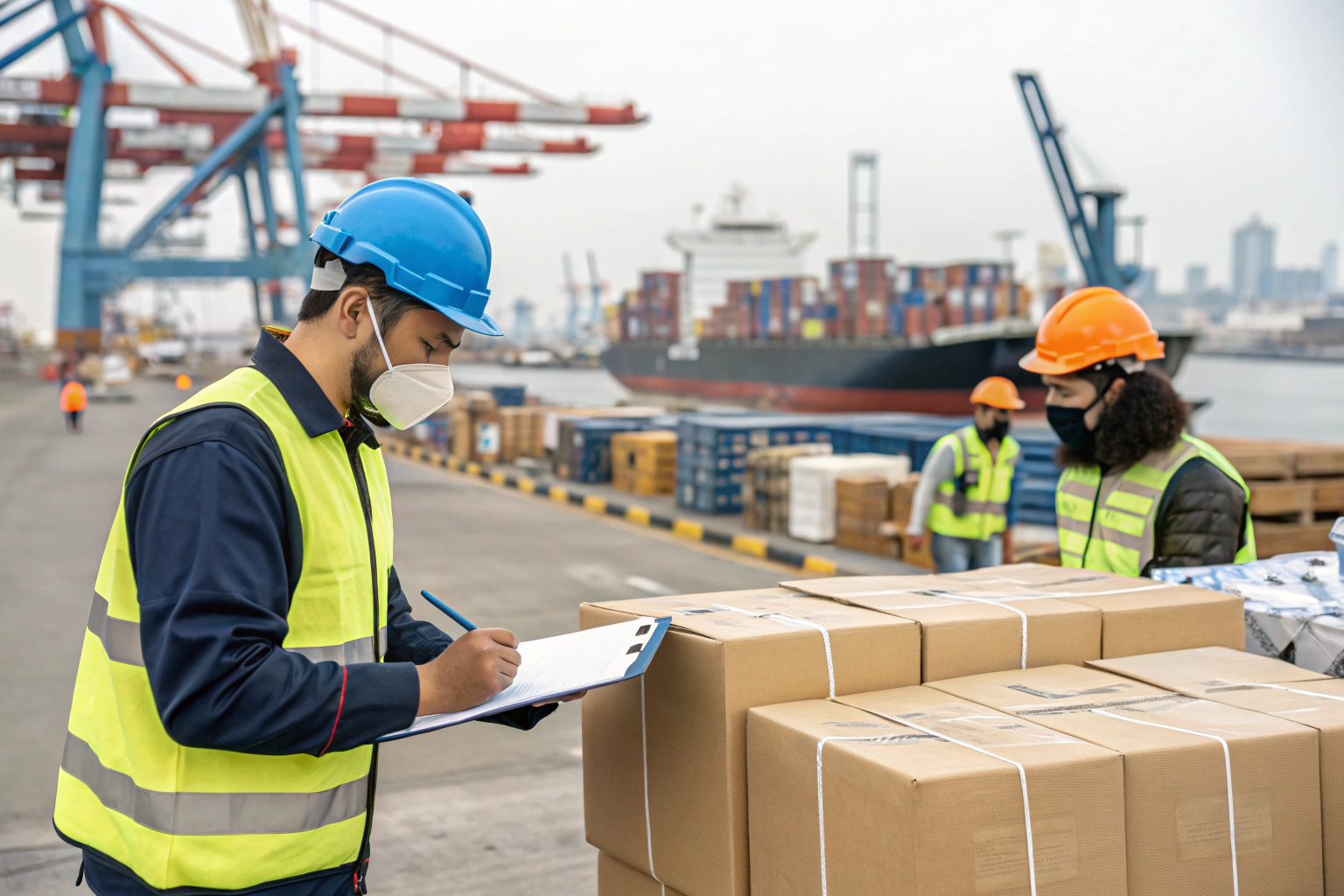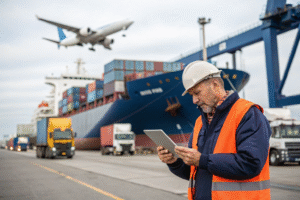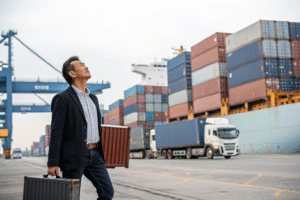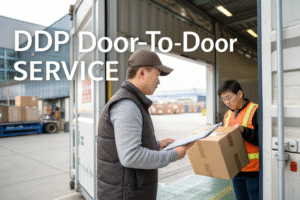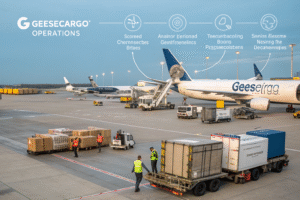In international trade, every shipment carries some degree of risk—from port delays to cargo damage, lost documents, or even unexpected tariffs. For buyers like Ron who move large volumes from China to the U.S., these risks can affect both profits and reputation. Freight forwarders are often the first line of defense in reducing these risks.
Freight forwarders mitigate shipping risks by providing expert documentation, secure routing, insurance support, and strong relationships with customs and carriers. Their experience allows them to spot red flags early, offer alternate solutions, and protect your bottom line before issues escalate.
If you’re shipping valuable or time-sensitive goods, relying solely on factory exporters or in-house logistics isn’t enough. In this article, I’ll explain how freight forwarders like GeeseCargo serve as your risk-management partner throughout the entire shipping process.
What Are the Most Common Shipping Risks?
Shipping from China to the U.S. involves more than just loading and unloading containers. A lot can go wrong in between.
Common risks include cargo damage, delivery delays, customs issues, incorrect paperwork, and port congestion.
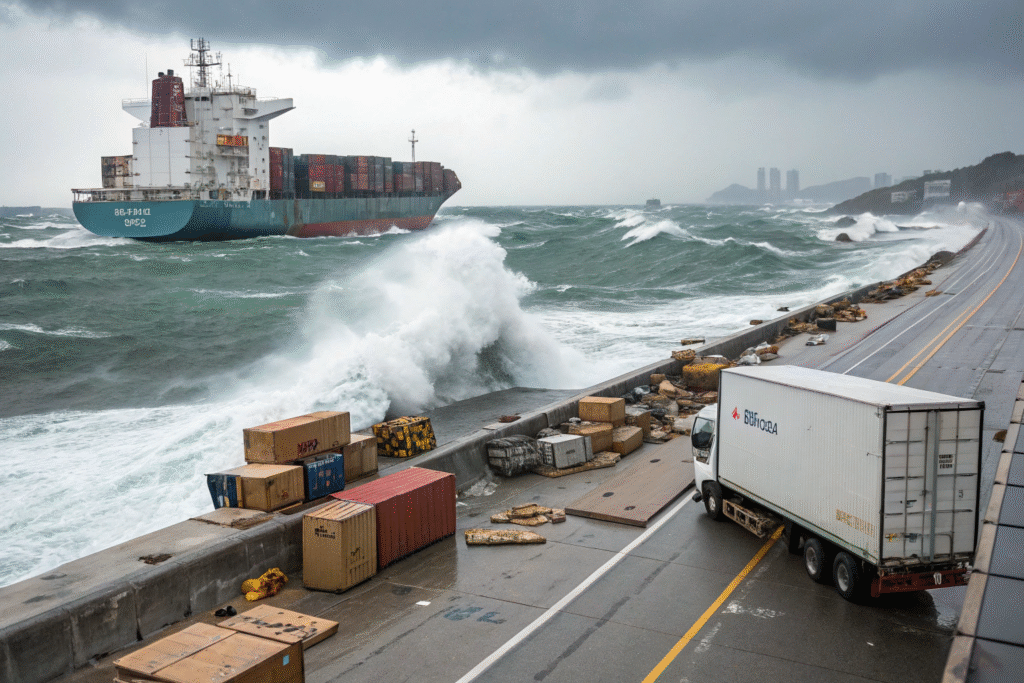
Why Does Port Congestion Cause Delays?
Port congestion happens when there’s a backlog of containers waiting to be offloaded or processed. This is common during peak season, such as back-to-school or holiday shopping surges.
In the U.S., ports like Los Angeles and Long Beach are frequently affected. Delays at these ports can stretch into days or even weeks, especially when labor strikes or equipment shortages occur.
Freight forwarders anticipate these issues and adjust routing or advise clients on early booking windows. They also monitor congestion indexes to offer alternative ports or delivery methods.
Explore the current U.S. port performance tracker for up-to-date congestion data.
How Does Inaccurate Paperwork Lead to Customs Penalties?
Incomplete or incorrect documentation is one of the fastest ways to rack up delays and penalties. Common errors include missing Harmonized System (HS) codes, undervaluation, and missing origin certificates.
Freight forwarders prevent this by ensuring documentation matches shipping data and customs requirements. At GeeseCargo, our export team pre-reviews every invoice and uses a checklist aligned with U.S. CBP guidelines.
You can also check the official import documentation requirements from Trade.gov.
How Do Freight Forwarders Prevent Cargo Damage?
One of the most costly risks is physical cargo damage. This can occur during container loading, sea turbulence, or last-mile delivery.
Freight forwarders prevent cargo damage by ensuring correct packaging, container stuffing, and choosing carriers with good handling records.
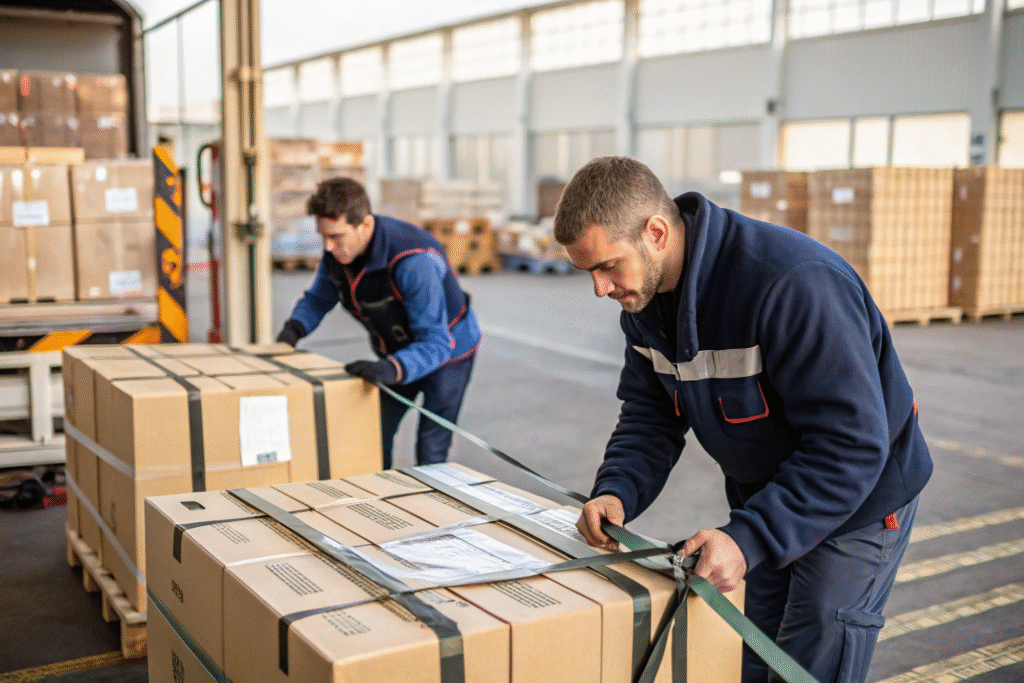
What Kind of Packaging Guidance Do Forwarders Offer?
Proper packaging depends on the product. For example, electronics require anti-static material, while textiles benefit from moisture-resistant wrapping. A freight forwarder will suggest industry-specific solutions and may recommend shock indicators or humidity sensors inside cartons.
GeeseCargo collaborates with factories to verify packing standards before pick-up. We also inspect pallets to ensure compliance with ISPM-15 wood treatment rules, which is crucial for U.S. imports.
You can also read about optimal export packaging practices from the U.S. Export Administration.
How Are Freight Containers Stuffed to Prevent Shifting?
Container stuffing is a science. Freight forwarders use blocking and bracing techniques, balance weight across the container, and avoid top-heavy arrangements that can shift during sailing.
We document container loading with photos and stuffing reports. If clients request it, we also arrange third-party container inspections or use data loggers to track motion and shocks in transit.
Check more about container loading best practices and container weight limits.
How Do Forwarders Reduce the Impact of Shipping Delays?
Delays are part of global shipping. What matters is how quickly you respond when they happen.
Freight forwarders reduce delay risks by rebooking shipments, offering alternative transit modes, and maintaining communication with all parties.
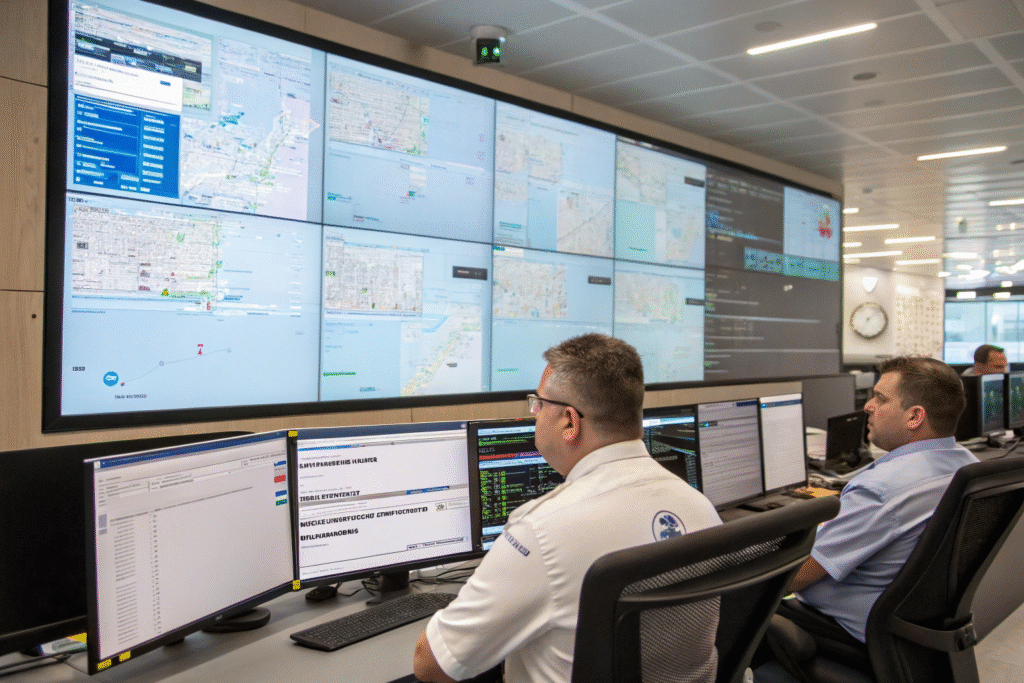
How Can Forwarders Reroute Shipments Quickly?
If a vessel misses its schedule or a port is closed, we evaluate alternate carriers or switch to air or rail freight. This flexibility depends on booking access, which GeeseCargo secures via strong relationships with top carriers.
For urgent cargo, we’ve used multimodal rerouting—ocean to rail to truck—to meet tight delivery dates. We also track ETA deviation alerts using platforms like project44 to trigger contingency plans in real time.
Learn about dynamic rerouting tools that freight professionals use today.
How Do Forwarders Communicate ETA Changes?
Transparency is key. We update clients in real time using email alerts, shared dashboards, and direct supplier communication. This helps businesses adjust inventory plans or inform their customers.
GeeseCargo provides weekly status reports with updated ETAs and delay reasons, including weather, port inspection, or carrier backlog. We also provide recommendations, like switching to bonded warehousing if delays exceed 10 days.
Explore supply chain visibility tools that help reduce the surprise factor in logistics.
How Important Is Insurance in Risk Mitigation?
Insurance is the last—but most critical—layer of protection for any shipment.
Freight forwarders offer guidance on selecting and purchasing cargo insurance that fits the value, type, and destination of your shipment.

What Types of Insurance Do Freight Forwarders Offer?
There are two common types: Basic Carrier Liability (usually limited) and All-Risk Insurance, which covers a broader range of losses. Freight forwarders like us recommend full coverage for high-value, fragile, or time-sensitive shipments.
We also advise clients to check if their business insurance covers international cargo or if deductibles apply in case of damage. When insurance is in place, we facilitate claims with the insurer and carrier.
Here’s a guide to understanding all-risk cargo insurance for your shipments.
Conclusion
Shipping risks are unavoidable—but they can be controlled with the right partner. Freight forwarders like GeeseCargo combine documentation expertise, customs knowledge, insurance support, and smart technologies to mitigate risks across the board. Whether you’re shipping clothing, electronics, or time-sensitive inventory, our team ensures your cargo arrives safely, quickly, and cost-effectively. Trust us to turn complex global logistics into a smooth, predictable process you can rely on.
